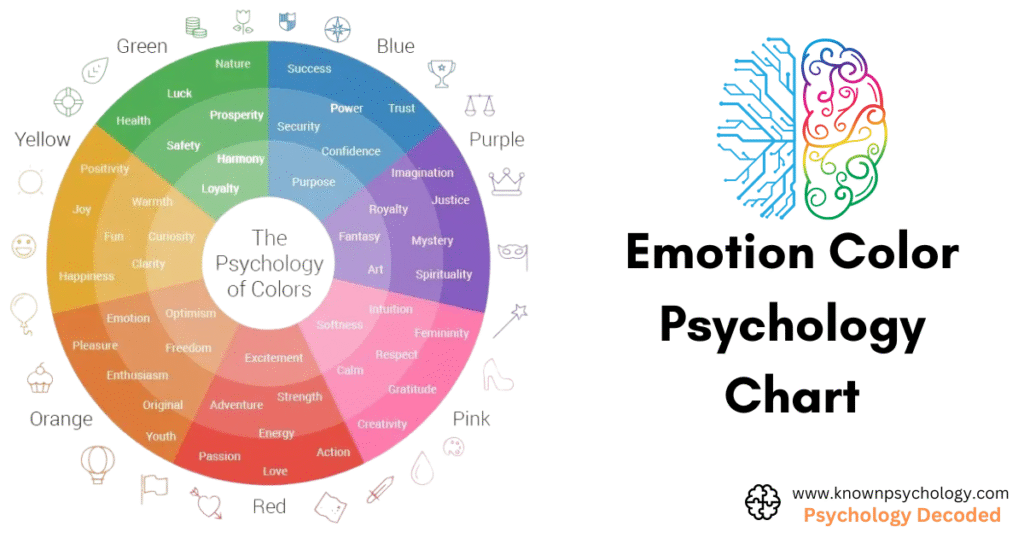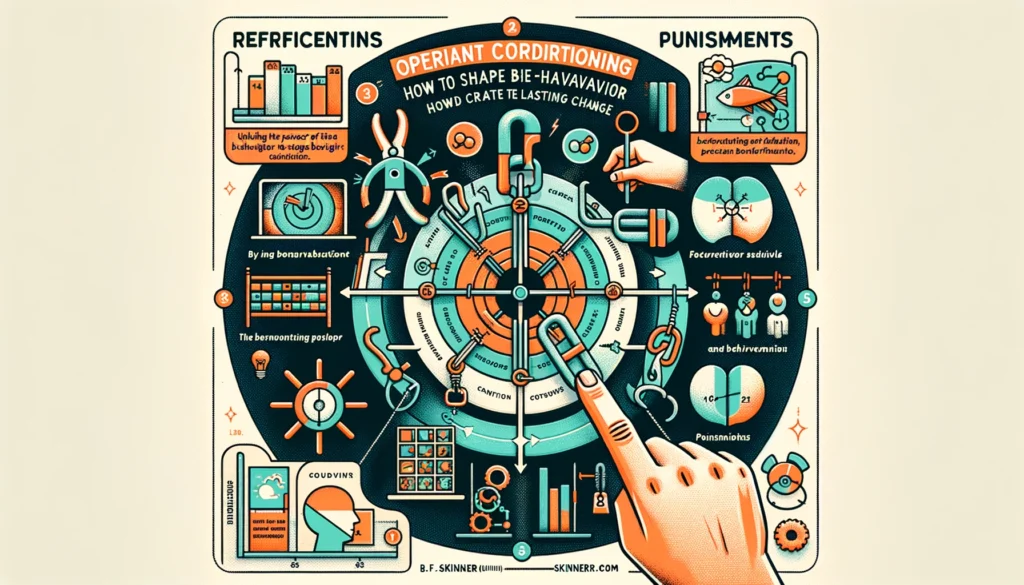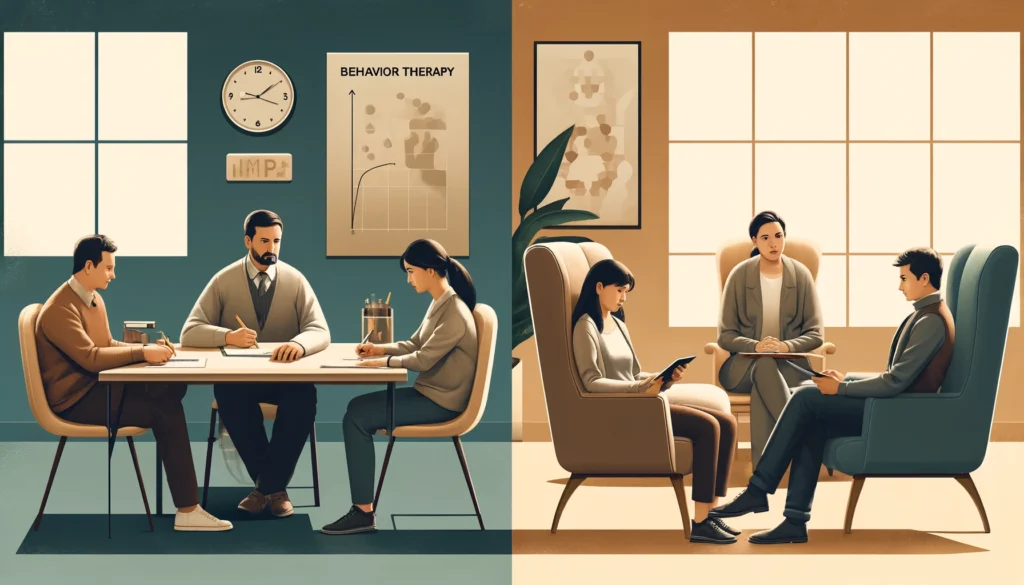
Key Takeaways:
- The emotion color psychology chart connects color to human emotion.
- Use it in branding, marketing, design, and personal settings.
- Each color evokes both positive and negative feelings.
- Strategic color choices increase engagement and emotional impact.
Color isn’t just about visual appeal—it influences how we think, feel, and act. That’s where the emotion color psychology chart comes in. This chart maps colors to the feelings they evoke, helping us understand human behavior on a deeper level.
Whether you’re designing a brand, decorating a room, or planning an advertisement, this guide will help you choose the right colors with purpose.
Table of Content
- Key Takeaways:
- What Is an Emotion Color Psychology Chart?
- Why Color Affects Emotion: The Psychology Behind It
- Common Colors and Their Emotional Meanings
- How to Use the Emotion Color Psychology Chart in Real Life
- The Emotion Color Psychology Chart in Visual Form
- Emotion Color Psychology Chart for Business Use
- Key Benefits of Using an Emotion Color Psychology Chart
- FAQs
What Is an Emotion Color Psychology Chart?
An emotion color psychology chart visually represents the association between different colors and emotions. It draws from psychological studies that show certain hues can trigger specific feelings and even physical reactions.
For example:
- Red can trigger passion or urgency.
- Blue often evokes calm or trust.
- Yellow may spark joy or optimism.
This chart is used by psychologists, designers, advertisers, and even educators to understand better and influence human emotions.
Why Color Affects Emotion: The Psychology Behind It
Color has a direct impact on our mood due to how our brains process visual stimuli. Light enters the eye and is interpreted by the brain, which then triggers certain emotional responses. Culture, experiences, and biological factors also play a role.
The emotion color psychology chart helps summarize these complex interactions in a simplified, actionable format. It takes the guesswork out of emotional design, making it easier to connect with others on a psychological level.
Common Colors and Their Emotional Meanings
Here’s a breakdown of the most common colors in the emotion color psychology chart and the feelings they typically evoke:
1. Red – Energy, Passion, Danger
- Positive emotions: Love, power, excitement
- Negative emotions: Anger, aggression, urgency
Best used for:
Call-to-action buttons, food branding, clearance sales.
2. Blue – Calm, Trust, Logic
- Positive emotions: Security, loyalty, serenity
- Negative emotions: Coldness, sadness, isolation
Best used for:
Corporate brands, finance, healthcare, tech.
3. Yellow – Optimism, Cheerfulness, Caution
- Positive emotions: Joy, intellect, enthusiasm
- Negative emotions: Anxiety, frustration, warning
Best used for:
Children’s brands, travel, and entertainment.
4. Green – Balance, Nature, Growth
- Positive emotions: Freshness, peace, healing
- Negative emotions: Boredom, stagnation
Best used for:
Eco-friendly products, wellness, and finance.
5. Orange – Excitement, Confidence, Warmth
- Positive emotions: Fun, enthusiasm, motivation
- Negative emotions: Superficiality, frustration
Best used for:
Fitness, e-commerce, and entertainment.
6. Purple – Creativity, Royalty, Wisdom
- Positive emotions: Imagination, luxury, ambition
- Negative emotions: Arrogance, frustration
Best used for:
Luxury brands, beauty products, spirituality.
7. Black – Sophistication, Power, Mystery
- Positive emotions: Elegance, control, strength
- Negative emotions: Mourning, fear, evil
Best used for:
Fashion, tech, luxury services.
8. White – Purity, Simplicity, Innocence
- Positive emotions: Cleanliness, clarity, peace
- Negative emotions: Emptiness, isolation
Best used for:
Healthcare, weddings, and minimalist designs.
How to Use the Emotion Color Psychology Chart in Real Life
The emotion color psychology chart isn’t just for fun—it has serious real-world applications. Let’s explore how different industries use it:
✅ Marketing and Branding
Brands use color psychology to influence perception. For instance:
- Coca-Cola uses red to invoke excitement and urgency.
- Facebook uses blue to build trust and reliability.
Choosing the right brand colors based on the emotion color psychology chart can improve customer trust, loyalty, and engagement.
Read More: Leadership in Marketing: Applying Organizational Psychology for Better Results
✅ Interior Design
In homes and offices, color choices impact energy levels, productivity, and relaxation.
- Bedrooms often feature blues and greens for peace.
- Offices may use yellow or orange for stimulation.
✅ Fashion
Fashion brands use color to convey mood and identity. Black is often used to communicate elegance and mystery, while pastel colors express calmness and youth.
✅ Education
In classrooms, color can affect attention and memory. Warm colors like orange can stimulate interaction, while cool tones like blue help with concentration.
The Emotion Color Psychology Chart in Visual Form
Here’s a simplified version of the emotion color psychology chart:

Understanding this chart can help you use color with purpose in nearly any aspect of your life.
Emotion Color Psychology Chart for Business Use
If you’re building a brand or launching a marketing campaign, here’s how to use the emotion color psychology chart to your advantage:
Know Your Target Audience
Understand what emotions you want to evoke. For example, if your audience seeks calm and reliability, use blue.
Stay Consistent
Use the same color tones across your website, social media, and packaging to build brand identity.
A/B Test Colors
Try different button or background colors and measure engagement rates. You might be surprised at how color alone can influence clicks and conversions.
Combine Colors Strategically
Use secondary colors to highlight contrasting emotions. For instance, combine blue (trust) with orange (excitement) to balance safety and enthusiasm.
Key Benefits of Using an Emotion Color Psychology Chart
Improved user experience
Colors help guide actions on websites and improve readability.
Stronger branding
Emotional resonance leads to higher customer retention and loyalty.
More persuasive marketing
Colors influence subconscious decisions. Using the right one can trigger action without extra effort.
Summary
The emotion color psychology chart is a powerful tool that helps us understand how colors affect human behavior. From influencing buying decisions to creating calm environments, the right colors make a world of difference.
Whether you’re a marketer, teacher, designer, or entrepreneur, integrating color psychology into your work can elevate your results. Use the chart, experiment with combinations, and watch the emotional power of color do its magic.
FAQs
1. What is the emotion color psychology chart?
It’s a visual tool that connects colors with specific human emotions based on psychological studies.
2. Which color boosts trust the most?
Blue is the most commonly associated color with trust and reliability.
3. Can colors affect consumer behavior?
Yes, colors significantly influence emotions and decision-making, especially in marketing and branding.
Read more: How Personality Psychology Enhances Audience Targeting in Video Marketing
4. How do I choose the right brand color?
Refer to the emotion color psychology chart and align your color choice with the emotion you want your audience to feel.
Read more: How to Create a Brand Identity?
5. Are color emotions the same worldwide?
Not always. While some reactions are universal, cultural differences can affect emotional responses to color.
Mariam holds an MS in Sociology with a specialization in Medical Sociology and Social Psychology. With a strong academic background and extensive research work in both fields, she brings depth and clarity to complex topics. Her writing explores the intersection of society, health, and the human mind, making academic ideas easy to grasp and relevant to everyday life.


